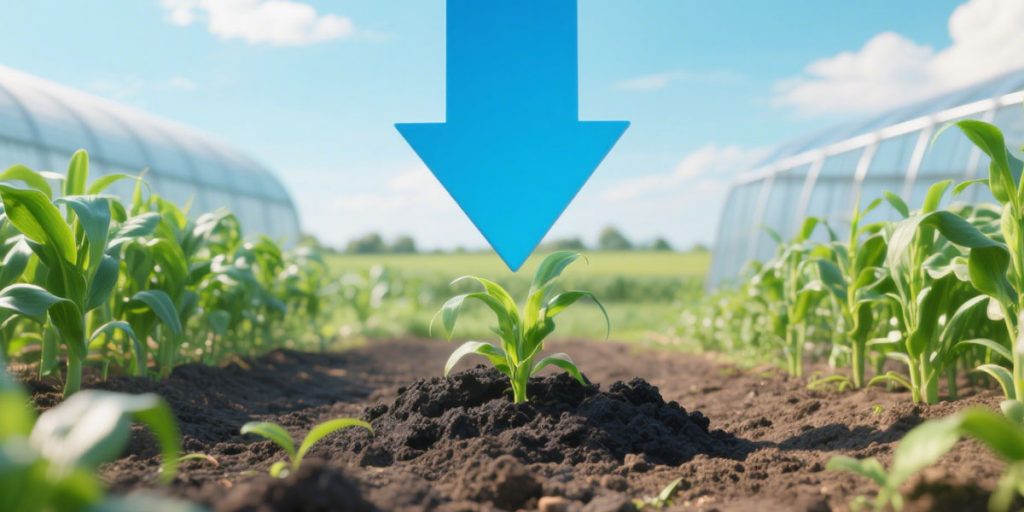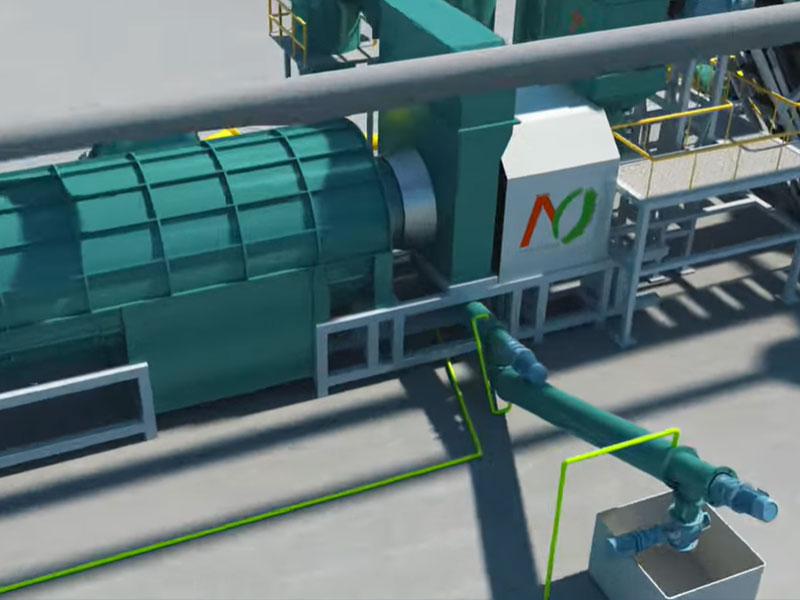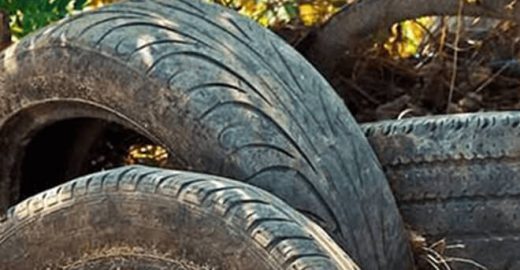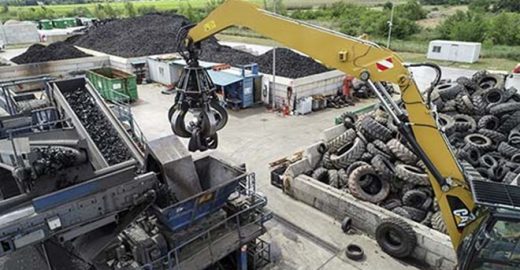Biomass pyrolysis is an important technology for converting biomass into biochar, bio-oil and syngas. Mingjie Biomass Pyrolysis Equipment is the material basis for realizing these conversion processes, which profoundly affects the conversion efficiency of biomass and the quality of biochar products.
Biomass pyrolysis carbonization (biochar as the main product) is one of the most promising carbon removal (CDR) technologies. Biomass Pyrolysis Equipment has a significant impact on enhancing carbon sinks by stably storing carbon and improving the environment.
Agricultural and forestry waste biomass is converted into biochar by biomass pyrolysis process under anoxic conditions. Its highly aromatic structure significantly improves the stability of organic carbon, and it can exist stably in the soil for hundreds to thousands of years. About 50% of biomass carbon can be fixed in biochar, which is much higher than natural decomposition (<20%) or combustion (close to 0%).
Compared with natural carbon sinks (such as forests and soils), biochar converts short-term decomposed organic carbon into a long-term sequestration form through human intervention in the carbon cycle. Globally, anthropogenic carbon emissions are about 9-10 GtC per year, while soil respiration releases about 60 GtC. Biochar can significantly reduce net carbon emissions by reducing the decomposition rate of organic matter.

During the biomass pyrolysis process, although it is carried out in an oxygen-free or low-oxygen environment, a certain amount of carbon emissions will still be generated.
For example, the water in the biomass evaporates in the early stage of pyrolysis, and the decomposition of some volatile organic matter will release gases, such as carbon dioxide and carbon monoxide.
If the efficiency of the pyrolysis equipment is low, more biomass will not be fully converted, thereby increasing the incomplete combustion emissions of carbon.
Biomass pyrolysis requires a large amount of biomass raw materials, and the acquisition and transportation of raw materials will generate additional carbon emissions. In addition, the pretreatment of raw materials (drying, crushing) also requires energy consumption, further increasing carbon emissions.
The key is to develop and promote efficient and low-carbon biomass carbonization plant. Optimize the design of biochar equipment, strengthen the sealing and heat exchange performance of the equipment, and reduce energy consumption. Introduce intelligent control systems to accurately control parameters, such as pyrolysis temperature and heating rate. This can ensure that biomass can be fully converted and reduce incomplete combustion.
In order to improve the efficiency of biomass carbonization and the quality stability of biochar, Mingjie Biomass Pyrolysis Equipment adopts continuous pyrolysis technology.

Mingjie continuous biomass carbonization plant is the most widely for biochar production. Its structure is usually composed of feeding system, heating reaction zone, discharging system and tail gas treatment system.
Carbonization reactor is the core part of biochar production equipment. It is made of high temperature resistant stainless steel, with heating elements or combustion of combustible gas to provide high temperature environment.
The discharging system is responsible for timely discharge of charcoal products, while ensuring the sealing of the reaction zone and maintaining an oxygen-free environment.
The tail gas treatment system is used to collect and treat combustible gases and other waste gases generated during pyrolysis carbonization process. It meets environmental emission standards and recycles the energy therein.
Our biochar equipment has obvious performance advantages and features efficient and continuous biochar production. It can achieve 24-hour uninterrupted operation, greatly improving production efficiency.
Its temperature control accuracy is high, and the reaction temperature can be controlled within a certain range through the intelligent temperature control system. Ensure the stability and consistency of the carbonization process, thereby ensuring the stable quality of biochar.
The continuous biomass carbonization plant is suitable for large-scale processing of various biomass raw materials, such as straw, wood chips, fruit shells, sludge, etc. It plays an important role in the field of biomass energy utilization and waste treatment.

An Australian general waste and tire recycling authoritative body turned to Environment Minister Sussan Ley in November last year with a request to prohibit whole bale tire…

Aliapur – a French end-of-life tire management authority – recently announced a call for applications to participate in a tender to renew end-of-life tire collection and recycling contacts for 2021–2024..